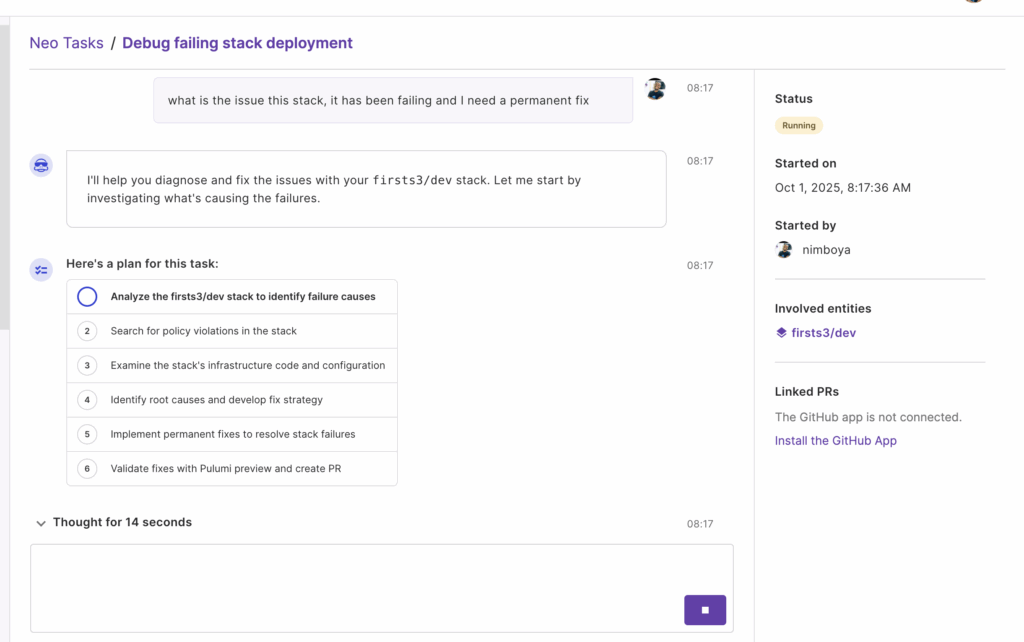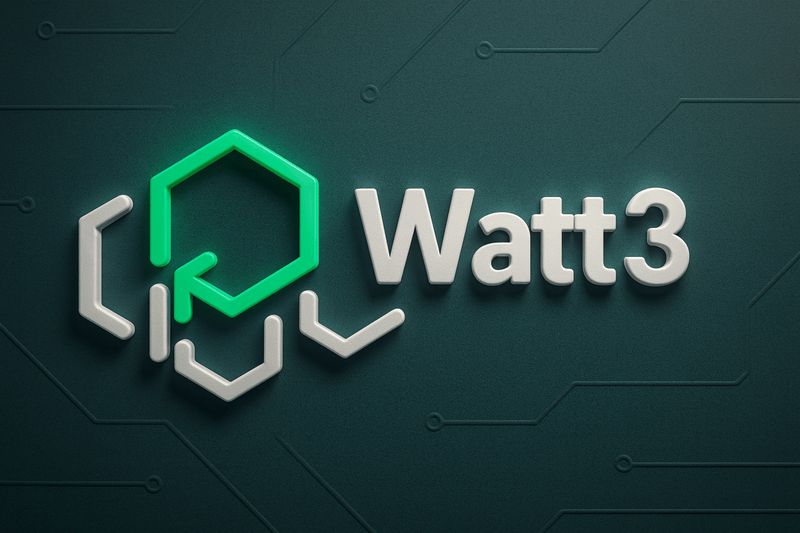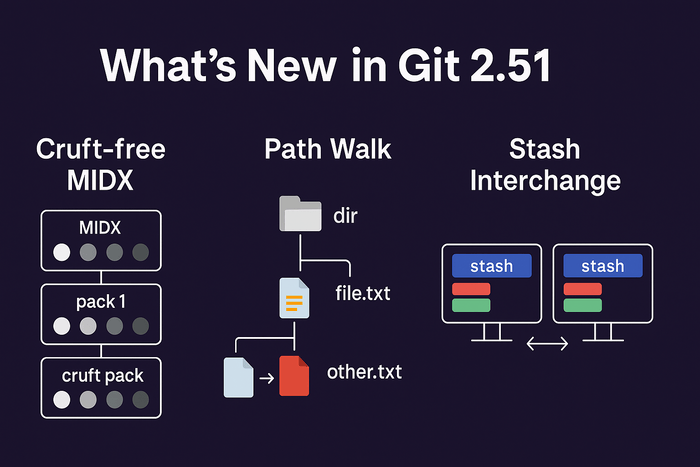DevOps is a set of practices, philosophies, and cultural philosophies that aim to unify software development (Dev) and IT operations (Ops). The goal is to shorten the development lifecycle, deliver high-quality software faster, and improve collaboration between development and operations teams.
It’s not just a tool or a technology. It is a mindset and a way of working that bridges the gap between building software and running it in production.
As with most technologies in the computing world, it can be quite hard to pin-point the origin of DevOps, like where it started or who invented it and it being attributed to a particular person.
But DevOps evolved from different disciplines and got infused into the Software Engineering space as a process and methodology that can improve the software delivery process.
DevOps was born out of necessity to alleviate the hassles and the time it takes software engineers to deliver software code written on their local machines or computers.
Before now, the DevOps software delivery process was tedious, long, and difficult. Most businesses deploy the waterfall methodology for projects in software delivery.
This method has to do with planning everything from the start and not taking any new work until the project is complete. It was helpful in so many ways to ensure work was completed, and some of the other ways the waterfall method helped were:
– Ensuring the project gets delivered at the agreed time.
– Avoid unplanned work from extending deadlines.
– Reduce/eliminate idle time during project delivery to avoid resource wastage.
– Ensure the periodic milestones are met and deadlines are reached.
Then, the delivery of the software was mostly manual. It was a complex system where collaboration was near to impossible. The next section will explain what the scenario of software delivery was before DevOps.
Software Delivery before DevOps
Before DevOps, software delivery was a cumbersome and manual process. Teams began by planning the application’s components, setting milestones, and defining timelines.
Once planning was complete, developers wrote the application code, often using SQL-based databases like Oracle or MySQL.
Applications were simpler back then, typically consisting of just two components: the application (frontend and backend) and the database.
As applications grew more complex, enterprises adopted Service-Oriented Architecture (SOA) to decentralize work and improve collaboration.
However, version control systems like Git didn’t exist, so teams relied on tools like Subversion or even manually shared code via flash drives or local networks. Code changes were stored in zip folders labeled with dates, times, and the engineer’s name.
Senior Engineers were responsible for integrating these changes, unzipping folders, reviewing code, and merging updates into a single codebase; a process akin to modern CI/CD and code reviews.
Testing was equally tedious, as all dependencies, such as code packages, database setups, and configurations, had to be manually installed and configured.
If a new database table was created, the Senior Engineer had to replicate it locally for testing. Integration was a fragile process, often requiring fixes or sending code back to developers for revisions.
Reverting to previous versions was nearly impossible, relying on archived zip folders and hoping the reverted code wouldn’t break other components. Once the code was finalized, deployment was handled by system administrators, who set up servers and installed the required components.
Version mismatches between development and production environments were common, leading to the infamous “It runs on my machine” problem.
This manual, error-prone process made software delivery slow, inefficient, and highly dependent on experienced Senior Engineers and system administrators.
DevOps emerged to address these challenges, introducing automation, collaboration, and continuous practices to streamline software delivery.
These issues are what DevOps sought to resolve. It does this using certain principles.
Key Principles of DevOps
Collaboration:
Breaks down silos between development, operations, and other teams to foster better communication and teamwork.
Automation:
Automates repetitive tasks like testing, deployment, and infrastructure provisioning to save time and reduce errors.
Continuous Integration (CI):
Developers frequently merge code changes into a shared repository, where automated tests are run to catch issues early.
Continuous Delivery (CD):
Ensures that code is always in a deployable state, allowing teams to release updates quickly and reliably.
Monitoring and Feedback:
Continuously monitors applications and infrastructure in production to gather feedback and improve future releases.
Infrastructure as Code (IaC):
Manages infrastructure using code and automation, making it easier to provision and scale resources. You can read more about an introduction to IaC here.
Why DevOps Matters
Faster Time-to-Market: DevOps enables teams to release new features and updates more frequently, keeping up with customer demands.
Improved Quality: Automated testing and continuous feedback loops help catch bugs early, resulting in more stable and reliable software.
Better Collaboration: By breaking down silos, DevOps fosters a culture of shared responsibility and teamwork.
Scalability and Efficiency: Automation and Infrastructure as Code make it easier to scale applications and manage complex environments.
Customer Satisfaction: Faster delivery of high-quality software leads to happier customers.
Real-Life Example of DevOps in Action
Imagine a company that runs an e-commerce website. During peak shopping seasons, the site experiences heavy traffic, and the team needs to deploy new features quickly to stay competitive. Here’s how DevOps helps:
Development: Developers write code for a new feature, like a discount coupon system.
Continuous Integration: The code is automatically tested and integrated into the main codebase multiple times a day.
Continuous Delivery: The feature is deployed to a staging environment for final testing and then to production with minimal manual intervention.
Monitoring/Observability: The team monitors the website’s performance in real-time, ensuring the new feature works smoothly under heavy traffic.
Feedback Loop: If any issues arise, the team quickly addresses them and rolls out fixes, often within minutes.
DevOps Tools
DevOps relies on a variety of tools to automate and streamline processes, such as:
Version Control: Git, GitHub, GitLab
CI/CD Pipelines: Jenkins, GitLab CI, CircleCI
Configuration Management: Ansible, Puppet, Chef
Containerization: Docker, Kubernetes
Monitoring/Observability: LGTM stack (Loki, Grafana, Tempo, Mimir), ELK stack (Elasticsearch, Logstash, Kibana),
Infrastructure as Code: Terraform, AWS CloudFormation, Pulumi
Conclusion
DevOps is a game-changer for modern software development and delivery processes. By combining collaboration, automation, and continuous improvement, DevOps empowers teams to deliver better software faster, while keeping systems stable and secure.
Whether you’re a startup or a large enterprise, embracing DevOps can transform the way you build, deploy, and scale applications.






